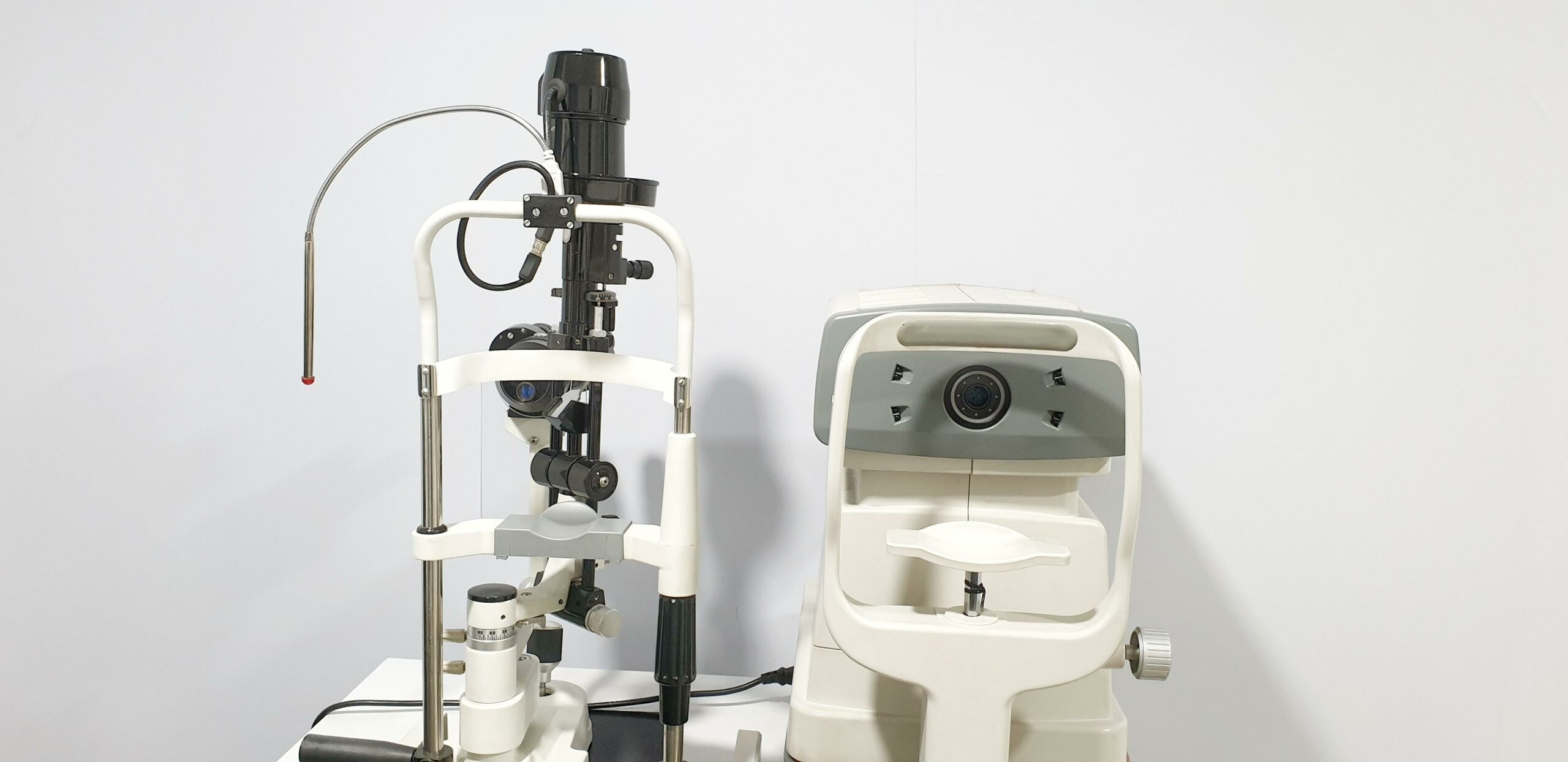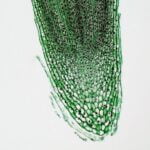Anticipate awe-inspiring discoveries as we commence an expedition to unveil the concealed marvels of the light microscope. This article will explore intriguing facts regarding this potent instrument that has brought about a paradigm shift in the field of science. The light microscope employs remarkable optical principles and is capable of illuminating minute biological details, among other remarkable capabilities. Please assist me in clarifying the misunderstandings and revealing the intriguing realities surrounding the enthralling field of light microscopy.

Facts about the Light Microscope
As for investigating the obscure marvels of the microscopic realm, the light microscope stands as the preeminent instrument. With a deep interest in microscopy and extensive experience as a science writer and researcher, I am delighted to impart some intriguing information regarding this remarkable instrument. Therefore, settle in for a cup of coffee and be ready to be astounded!
From historical shadows
A time traveler’s guide to the seventeenth cecentury,the era of the light microscope’s inception. The optical microscope, an antiquated device, has demonstrated its enduring utility and continues to be an indispensable instrument utilized in biology laboratories and classrooms for the examination of minute specimens. By focusing light on the object through the use of one or more glass lenses, light microscopes produce an image that is projected beneath the ocular.
Were you aware? Utilizing visible light to magnify and detect minute objects, the light microscope has significantly advanced modern medicine and scientific knowledge.
A Haven of Specificity
Imagine investigating a minuscule universe brimming with concealed details. This is precisely what light microscopes enable us to accomplish. Binocular microscopes, equipped with a prism within the body tube or cranium, afford a three-dimensional perspective that augments our comprehension of minuscule structures.
Light microscopes, which were once capable of producing micrographs and capturing images, hainto evolved into digitalthat displayes that display the image on a computer screen rather than eyepieces. This innovation facilitates the concurrent observation and analysis of microscopic samples by multiple individuals.
Beyond the Boundaries
Although light microscopes have significantly advanced our comprehension of the microscopic realm, they are not without their drawbacks. The diffraction limit prevents these formidable instruments from detecting objects smaller than that threshold. But light microscopy has expanded into the nanoscale as a result of the revolutionary techniques devised by the brilliant minds of Stefan Hell, Eric Betzig, and William Moerner. Their innovative contributions were recognized with the 2014 Nobel Prize in Chemistry.
Significant insight: By employing light microscopy, we can scrutinize and investigate living cells, elucidating their dynamics and behaviors—a critical tool in comprehending the complexities inherent in life.
Numerous Diverse Perspectives
Contemporary research microscopes predominantly adhere to the configuration of compound microscopes, which deliver images of superior quality through the utilization of multiple lenses. In contrast, straightforward microscopes, including magnifying spectacles, rely on a solitary lens to achieve magnification. Different varieties of microscopes provide unique benefits and uses, accommodating an extensive array of scientific inquiries.
Were you aware? Light microscopes that are purpose-built for student laboratories provide superior contrast and user-friendliness, rendering them an ideal selection for inexperienced microscopists.
In summary, light microscopes have maintained their indispensability as instruments for scientists, educators, and pupils despite their extensive history. Their capacity to elucidate the enigmas of the subatomic realm, document the physiological processes of living cells, and propel medical progress towards novelty renders them truly remarkable entities.
Having acquired this knowledge of interest, are you prepared to commence your personal investigation using a light microscope?
Consequently, without further ado, retrieve that microscope and immerse oneself in the captivating and exquisite domain of concealed marvels that exist beyond the periphery.
Always remember: “The real voyage of discovery consists not in seeing new landscapes, but in having new eyes.” “Marius Proust”
Microscopes have fascinated humans since their invention; they provide a glimpse into a hidden world teeming with wonders. If you’re curious about facts about the microscope, you won’t want to miss out on this enlightening read. Delve into the intriguing details and stories surrounding these marvels of scientific exploration. Discover the history, advancements, and mind-boggling capabilities of microscopes. Brace yourself for an eye-opening journey as you navigate through surprising facts about the microscope. Lace up your curiosity boots and click here to explore more about the microscope: facts about the microscope.
Facts About the Light Microscope
Do you ever wonder about the astonishing capabilities and limitations of these instruments? The light microscope has revolutionized the way we perceive the world around us. From unraveling the mysteries of cells to discovering new species, this powerful tool continues to amaze scientists and researchers alike. To delve deeper into the world of microscopy, click here: astonishing capabilities and limitations of these instruments. Explore the unknown and unlock the secrets hidden within the microscopic realm. Prepare to be captivated and amazed as you embark on this scientific journey.
FAQ
When did light microscopes initially come into existence?
One of the earliest and most primitive types of microscopes, light microscopes, were developed in the seventeenth century.
How do light microscopes function?
A: Light microscopes concentrate light on an object deposited on a slide by means of one or more glass lenses. As a result, a projected image of the object is generated at the location beneath the eyepiece.
Q: What are the typical applications of light microscopes?
A: Light microscopes are frequently employed to examine minute specimens in biology classrooms and laboratories. They are also referred to as optical microscopes because they detect and magnify extremely minute objects using visible light.
To what extent have light microscopes contributed to progress?
A: The utilization of light microscopes has significantly advanced contemporary medicine through the visualization of living cell behaviors. They have additionally significantly contributed to the advancement of compound microscope designs and, in collaboration with Stefan Hell, Eric Betzig, and William Moerner, the investigation of the nanodimension.
What are the constraints associated with optical microscopes?
Due to their limitations, light microscopes are incapable of observing objects smaller than the diffraction limit. Nonetheless, they are capable of generating micrographs and capturing images, which offer invaluable insights into the world of the microscopic.














